Home > Auctions > 26 November - 1 December 2024
Ancient Art, Antiquities, Natural History & Coins
From the private collection of H. Norry, 1980s-1990s.
Cf. Andrews, C., Amulets of Ancient Egypt, London, 1994, pp.62-3.
From the private collection of the late Mrs Belinda Ellison, a long time member of the Egyptian Exploration Society, c.1940-2020.
Acquired 1980-2015.
Ex Abelita family collection.
From a central London ADA dealership, 1980-1990.
Flowers were symbolic of rebirth due to the daily reopening of their petals after nightfall. As a result, they were widely used in domestic settings, religious and funerary contexts, and as adornments. Similar rosette discs, like those recovered from the Ramesside Period palace at Qantir, were used as decorative elements in royal palaces.
From the private collection of the late Mrs Belinda Ellison, a long time member of the Egyptian Exploration Society, c.1940-2020.
Cf. Wilkinson, A., Ancient Egyptian Jewellery, London, 1971, for an example of a similar form.
In ancient Egyptian religion, the ba is one of the principal aspects of the human soul, along with the ka and the akh. It is often depicted in bird form, symbolising the soul's mobility after death.
From the private collection of the late Mrs Belinda Ellison, a long time member of the Egyptian Exploration Society, c.1940-2020.
From an early 20th century collection.
Cf. Andrews, C., Amulets of Ancient Egypt, London, 1994, pp.62-3.
Fly amulets first appeared in burials as early as c. 3200 B.C., but their popularity expanded during the New Kingdom. They were made from various materials such as gold, silver, lapis lazuli, carnelian, amethyst, faience, and bone. Fly amulets were thought to protect against insect bites and to ward off troublesome flying creatures through apotropaic magic. They may also have even been intended to symbolise the fly’s fecundity. Pharaohs would bestow gold fly-shaped pendants as military awards to honour the bravery and fly-like persistence of soldiers in battle.
From the collection of a gentleman, acquired on the London art market in the 1990s.
Acquired in the mid 1980s-1990s.
Private collection, Switzerland, thence by descent.
Private collection, since the late 1990s.
Cf. Roeder, G., Ägyptische Bronzefiguren II, Berlin, 1956, pl.15e, for a similar head on a complete statuette.
Harpocrates is the Greek rendering of the Egyptian Hor-pa-khered, meaning 'Horus the Child'. This title refers to Horus as the divine infant of Isis and Osiris. Wearing the amulet of Harpocrates was believed to offer the same protection that Isis gave her beloved son.
From the private collection of the late Mrs Belinda Ellison, a long time member of the Egyptian Exploration Society, c.1940-2020.
From the private collection of the late Mrs Belinda Ellison, a long time member of the Egyptian Exploration Society, c.1940-2020.
Private collection, Zurich, acquired in 1975 when the owners lived in Cairo (1975-1980).
with Bonhams London, Antiquities, 23 July 2020, lot 119 (part).
Property of a Bristol, UK, gentleman.
301 - 312 of 3419 LOTS

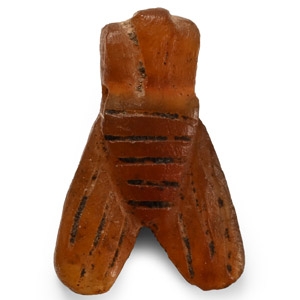



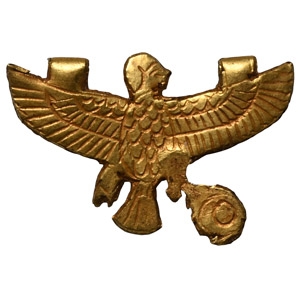
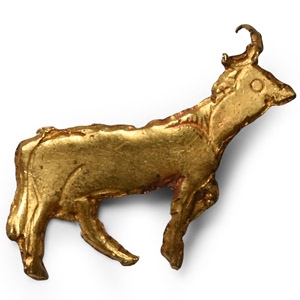
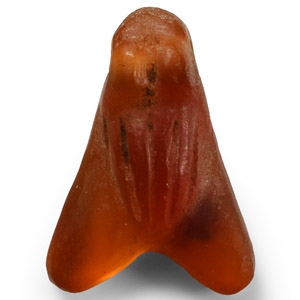
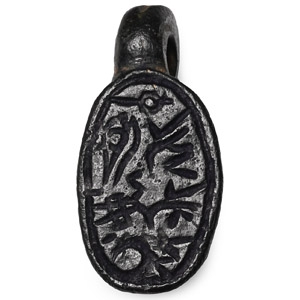
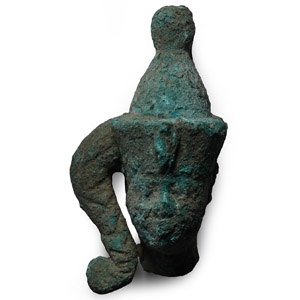

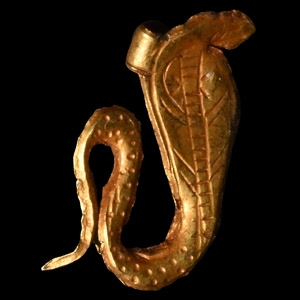
.jpg)



